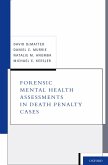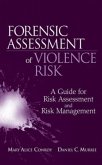
Gebundenes Buch
A Guide for Risk Assessment and Risk Management
1. Auflage
1. Oktober 2007
Wiley & Sons
| eBook, PDF | 89,99 € |
Ähnliche Artikel

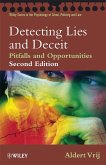
Broschiertes Buch
Pitfalls and Opportunities
2. Aufl.
11. Januar 2008
Wiley & Sons


Broschiertes Buch
Offender Profiling and the Analysis of Criminal Action
1. Auflage
25. September 2009
Wiley & Sons
14502397000


Gebundenes Buch
2. Aufl.
6. März 2023
Hogrefe (vorm. Verlag Hans Huber )
86116
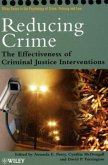
Broschiertes Buch
The Effectiveness of Criminal Justice Interventions
1. Januar 2006
Wiley & Sons

Gebundenes Buch
From Classroom to Courtroom
2002
31. Oktober 2002
Springer / Springer Netherlands / Springer US
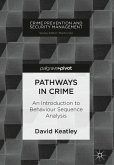
Gebundenes Buch
An Introduction to Behaviour Sequence Analysis
1st edition 2018
7. Mai 2018
Palgrave Macmillan / Springer International Publishing / Springer, Berlin
978-3-319-75225-9
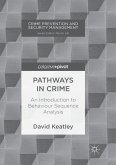
Broschiertes Buch
An Introduction to Behaviour Sequence Analysis
Softcover reprint of the original 1st edition 2018
26. Januar 2019
Palgrave Macmillan / Springer International Publishing / Springer, Berlin
978-3-030-09175-0
Ähnlichkeitssuche: Fact®Finder von OMIKRON

